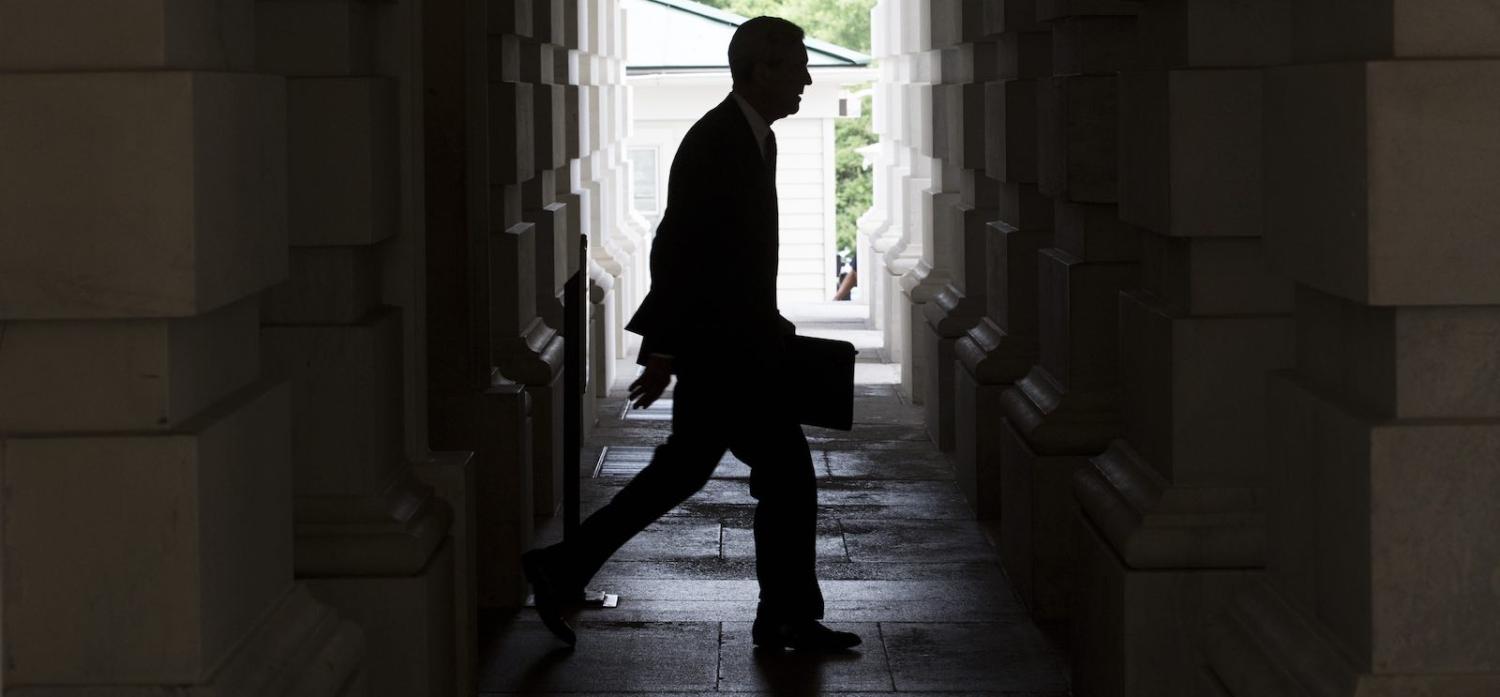No collusion. Or as Donald would say, NO COLLUSION! The report is in, the argument will still go on, yet as one America-based Australian correspondent has already declared, this “has delivered the US President one of the best days of his presidency”.
Mueller became some kind of mythical white knight for many Trump-haters and nothing short of a cartoon villain for the President’s most ardent supporters.
Plenty more will be said in the weeks ahead about the investigation and findings of Special Counsel Robert Mueller. The speculative and expectant media debate about what the former FBI chief would conclude about allegations of ties between Russia and the Trump campaign in 2016, and who would or wouldn’t be indicted, will doubtless be interpreted a defining episode of Trump’s term in office. Mueller became some kind of mythical white knight for many Trump-haters and nothing short of a cartoon villain for the President’s most ardent supporters. Now many of those assumptions could be sharply reversed.
But this didn’t all begin with claims of collusion. Let’s just rewind for a moment to the earliest days of the Trump presidency, soon after he’d won the election but before he was sworn in.
It was then in January 2017 that US intelligence chiefs briefed the incoming president on their joint assessment about Moscow’s actions during the US presidential election. A declassified version released publicly read:
We assess Russian President Vladimir Putin ordered an influence campaign in 2016 aimed at the US presidential election. Russia’s goals were to undermine public faith in the US democratic process, denigrate Secretary Clinton, and harm her electability and potential presidency. We further assess Putin and the Russian Government developed a clear preference for President-elect Trump.
That statement puts the responsibility squarely on Putin. And further deliberate language was notable in the press statement that accompanied the release of the intelligence report:
The Intelligence Community did not make an assessment of the impact that Russian activities had on the outcome of the 2016 election.
Nor did that declassified report make any explicit reference to involvement by Trump campaign officials.
So at some point in the months that followed there was a distinct shift in subject – from being a debate about claims of Russian interference to one of alleged collusion with the Trump campaign. And for that, the dossier produced by former MI6 agent Christopher Steele became a key focus.
True, the Steele claims were also known at the time of the release of the declassified intelligence assessment but said not to be crucial to the findings of Russian interference. But the shift in the political debate in the early months of 2017 was notable, fuelled by Trump’s repeated “no collusion” claims, even though at the outset the allegation was one of Russian interference. This was then fed by media stories claiming this, that, and the other about the apparent collusion as the subsequent investigation unfolded.
Not that questions don’t remain. As the US Attorney General described it, the Mueller report “did not draw a conclusion – one way or the other” about whether Trump’s conduct amounted to obstruction of justice, although again, that’s not directly a question of alleged collusion. Likewise, political opponents and analysts loudly anticipating Mueller’s findings would spell the end for the Trump presidency must examine why.
Reflecting on all the noisy reporting about the release of the summary of the Mueller report, and probably for no better reason than the similarity of the name, I couldn’t help thinking about a well-established concept from cognitive psychology. What is known as the “Müller-Lyer illusion”, named for its 19th-century creator Franz Carl Müller-Lyer, presents two straight lines side-by-side, each tipped with arrows in different directions.
The question is which horizontal line is longer?

If on a quick glance you guessed the bottom one, you’re not alone. As humans, we process more complex versions of shapes such as these every day, for example flipping it vertically to look at the corner of a room where the wall meets the ceiling, the floor or a door. This unconscious process allows us to make instant judgements about distance. We make what are generally safe assumptions rather than devoting brain power to what would be a laborious task of finding our way around in the world. But such assumptions can be upended, the mind can be tricked. In fact, without the arrows, the lines in the diagram above are identical.
All of which is a long way of making an observation on the “same, same, but different” character of the debate about the Mueller report. For all the heat, allegation, claim and counter-claim surrounding the investigation, the argument is really about looking at the same issues from wildly different perspectives. The facts only occasionally come into focus. And it seems in politics, none of that is going to soon change.

